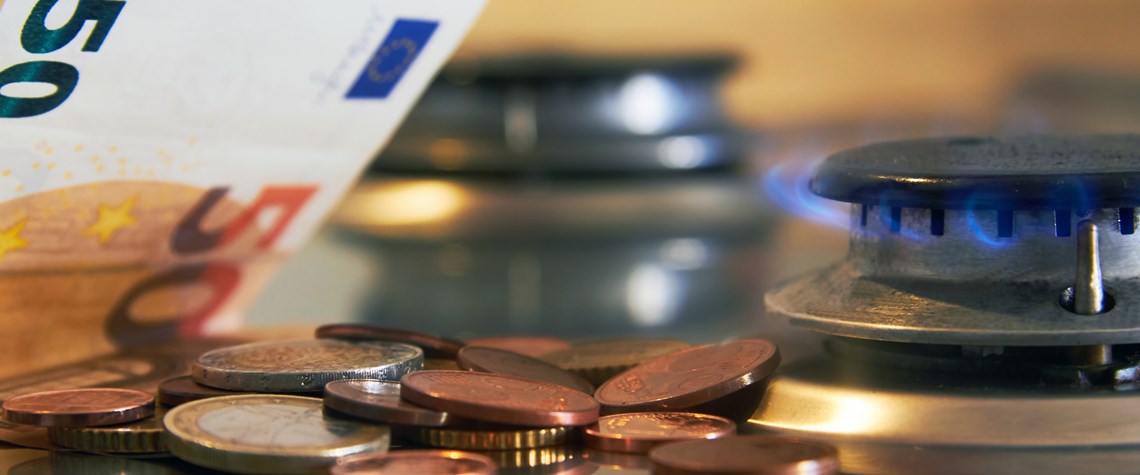Testing times for the European gas sector
The market was already enduring a difficult 2020—and the Covid-19 outbreak will test it to its limits
The gas industry was already facing a quandary at the start of 2020—when it still seemed the Covid-19 outbreak could be contained to China. Through 2019, the world had begun to struggle to absorb the volume of new gas supply coming to market, as LNG facilities commissioned in response to a long-faded price signal continued to come onstream. Europe helped soak up much of this new supply as it built up storage inventories to guard against a potential flare-up of tensions between Russia and Ukraine over the renewal of their transit arrangements. But even then, these shipments into Europe were only defraying the losses of the offtakers from these new facilities, with delivered prices failing to

Also in this section
12 December 2025
The latest edition of our annual Outlook publication, titled 'The shape of energy to come: Creating unique pathways and managing shifting alliances', is available now
12 December 2025
The federal government is working with Alberta to improve the country’s access to Asian markets and reduce dependence on the US, but there are challenges to their plans
11 December 2025
The removal of the ban on oil and gas exploration and an overhaul of the system sends all the right messages for energy security, affordability and sustainability
10 December 2025
The economic and environmental cost of the seven-year exploration ban will be felt long after its removal







